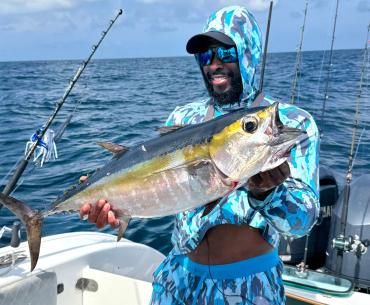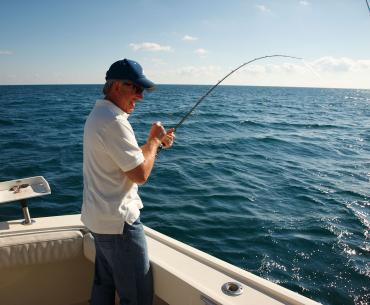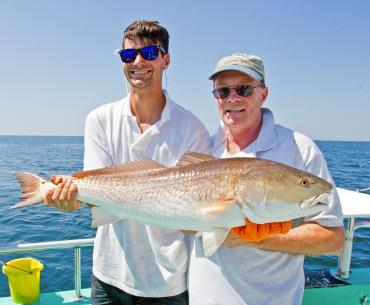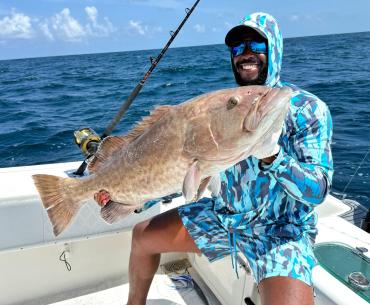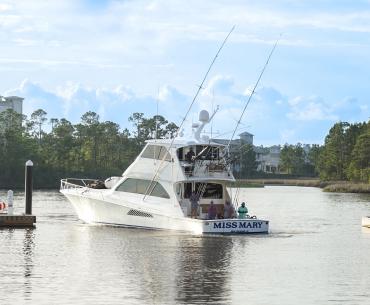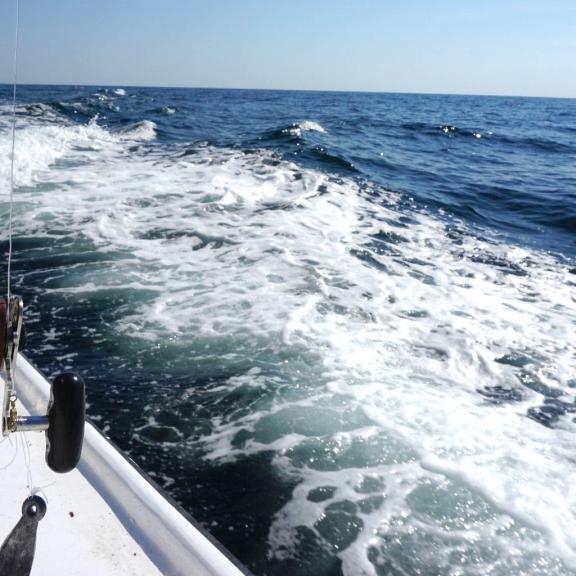
A friend and I were fishing one of the inshore artificial reefs in Alabama's fish-rich waters with great success. We were reeling in keeper speckled trout and white trout with regularity, when a boat arrived on the scene and glided about 70-75 yards away from where we were located. As I was busy reeling in a fish, my buddy said in great distress, “Nooooo, don't do it.” Too late. I turned just in time to see the new arrival with anchor in hand do his best Olympics discus impression. The anchor sailed out of the boat and landed in the middle of the reef with a great “kersploosh.”

The weight of the chain keeps the shank of the anchor on the bottom, which allows the crown to force the flukes to dig into the bottom and “catch.” Without the weight of the chain, the anchor will likely just drag along the bottom and not dig in.
“Might as well reel ‘em in,” my buddy said. “These fish won't bite again for at least an hour.” The proper anchor and the proper deployment of that anchor can make all the difference in the shallow waters of coastal Alabama. It will greatly add to your success as well as those fishing nearby. Without a doubt, the most common anchor for boaters and anglers in the Danforth anchor. The Danforth has flukes that dig into the bottom to securely hold your boat under most conditions. There are ways to make a Danforth more effective, especially with the addition of a length of chain hooked to the anchor with a shackle.
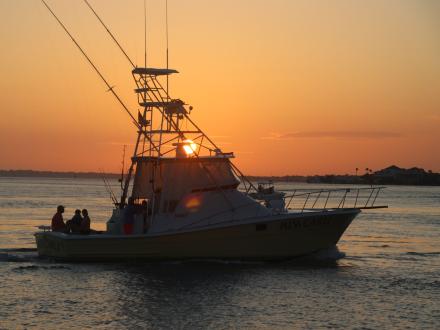
However, the use of a chain does have its drawbacks. The buddy I was fishing with the day of the reckless anchor deployment that ruined our fishing has come up with a unique way to combine the needed weight that promotes a Danforth to “catch” and the stealth required to keep from spooking the fish. With most of the inshore fishing waters at 8 feet or less, careful deployment of the anchor is a must. If you must use a regular chain on your anchor, you've got to be extra careful to ensure you don't hit the side of the boat as you ease the anchor over the side.
My fishing buddy solved that problem by purchasing a 40-foot length of lead-core rope from a commercial fishing supply company, Brunson's in Foley. He doubled the 40-foot length twice to leave a 10-foot length that he uses in place of the chain to keep the anchor shank on the bottom. He used twine and heavy-duty tape to tie the lead-core rope strands together. “The main reason I went to the lead-core rope was for stealth,” my buddy said. “A chain on the front of anchor is nothing more than a speckled trout alert system if you're not extra careful.
